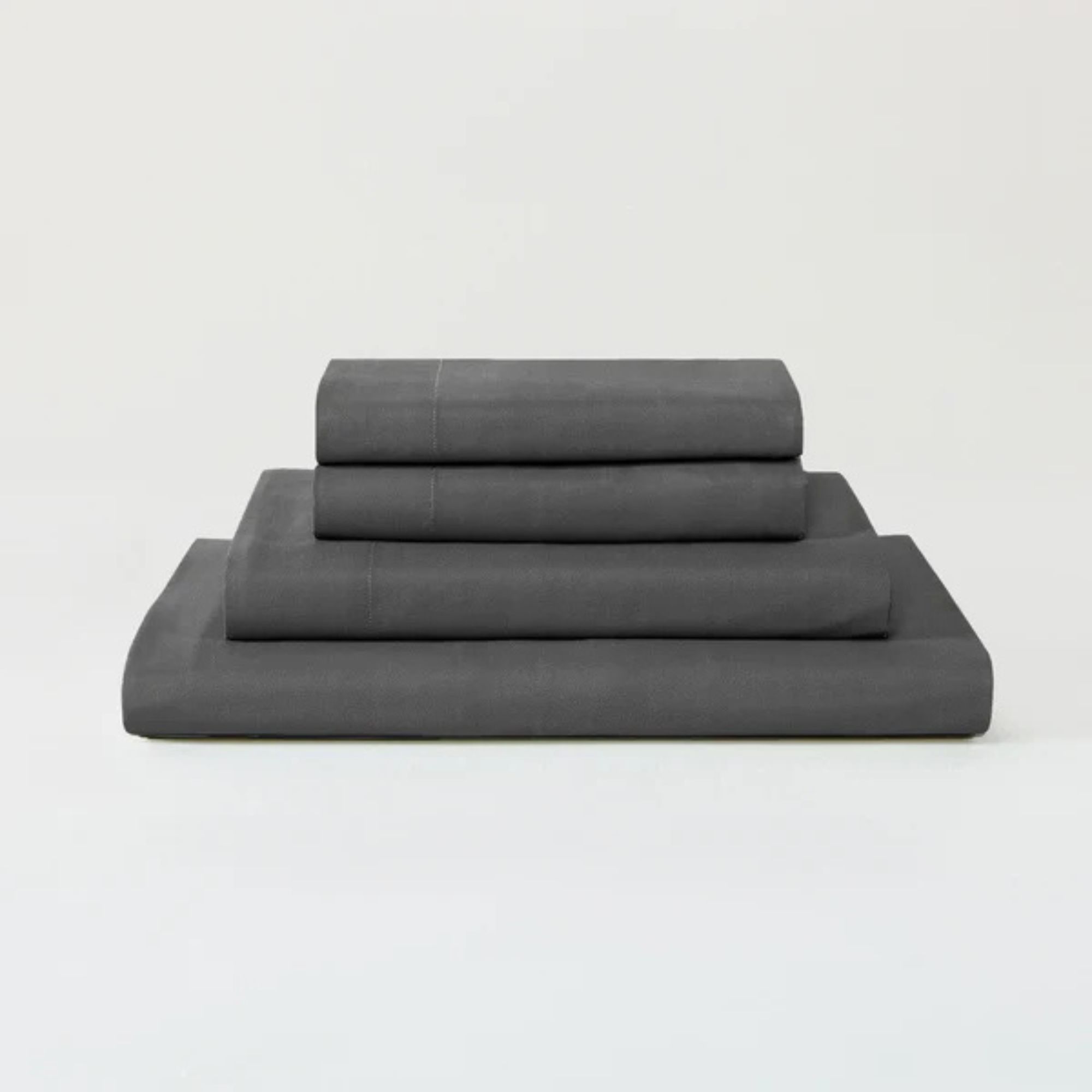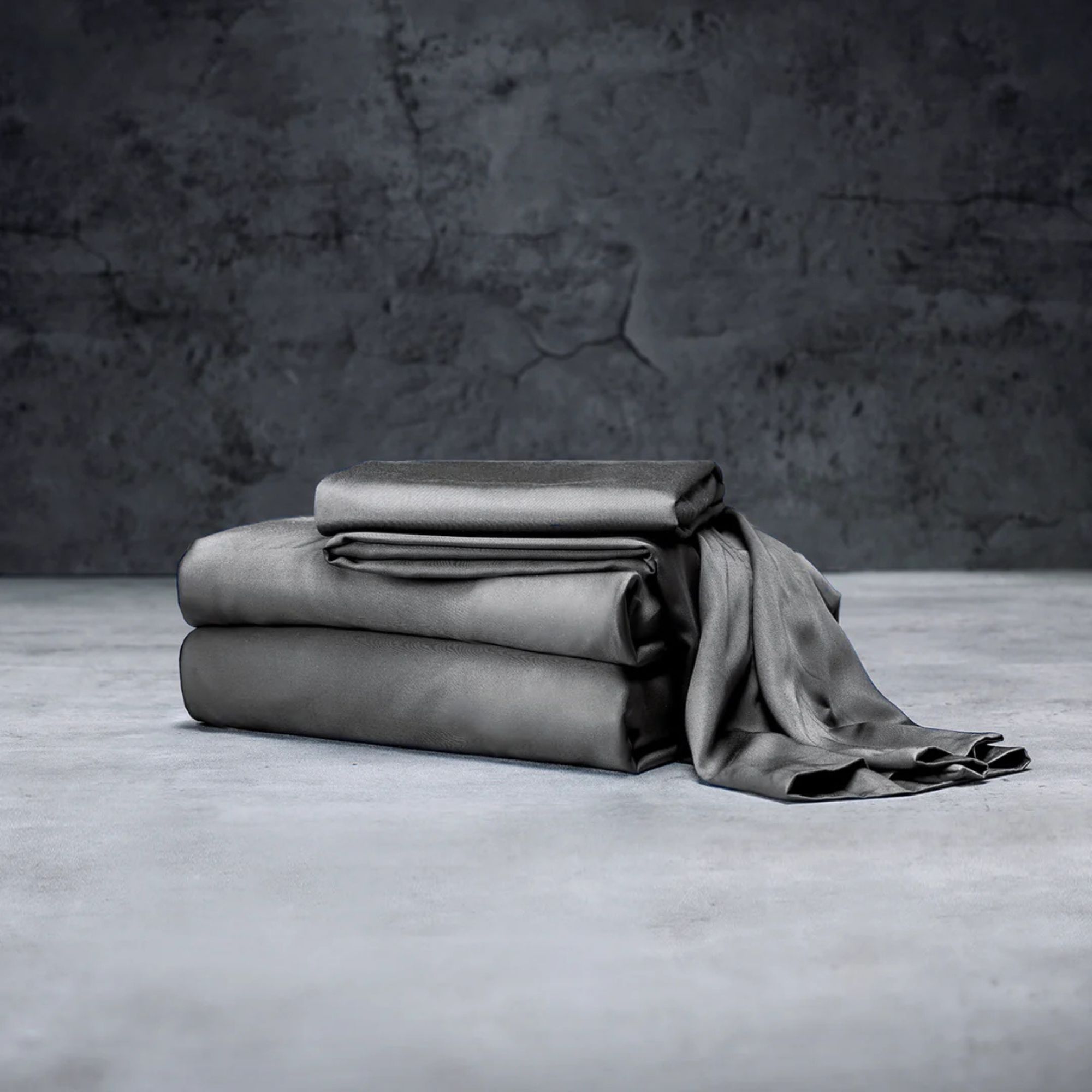Are light or dark bed sheets best for sleep? A sleep editor investigates
I asked an expert panel of interior designers and sleep scientists to explain the pros and cons of light or dark bed sheets for your bedroom
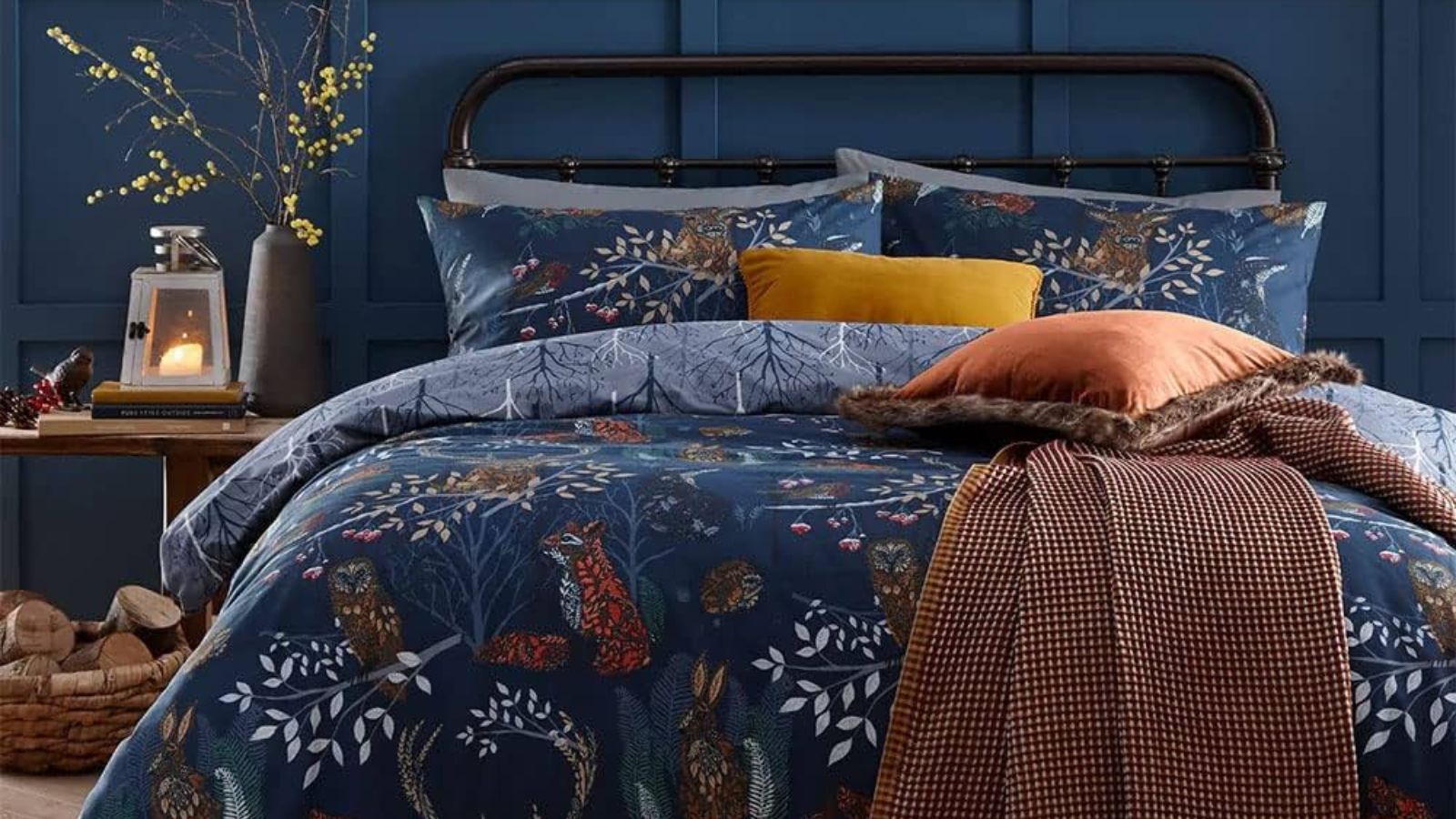

As the resident Sleep Editor here at Homes & Gardens, I'm often asked: 'Are light or dark bed sheets best for sleep?' I rarely give a straight answer to this question, as it depends on a number of variables, including your bedroom color scheme and your propensity for spills and stains.
Light-colored sheets are a classic for a reason: fresh and clean, light colors bring a brightness into the bedroom, though they tend to show dirt and dust. Dark-colored sheets cover a multitude of messes and make more of a statement in the bedroom, but they tend to overwhelm smaller spaces.
I asked an expert panel of interior designers and sleep scientists to weigh up the pros and cons of light and dark bed sheets, considering everything from color psychology to practical maintenance. I've shopped at all the best places to buy bedding and combed through our back catalog of reviews to bring you the best bed sheets in every conceivable color.
Are light or dark bed sheets best?
According to Anna Jones, interior expert at the bedding brand, Furn, 'Colors can have a big impact on your mood and well-being, often without you even realizing. Light and dark colors affect individuals differently. Neither light nor dark shades are a more stylish choice for a bedroom, but both can play an important role in setting the mood of your space. That's why it's important to understand how different colors can influence your mood so you can choose what's right for you.'
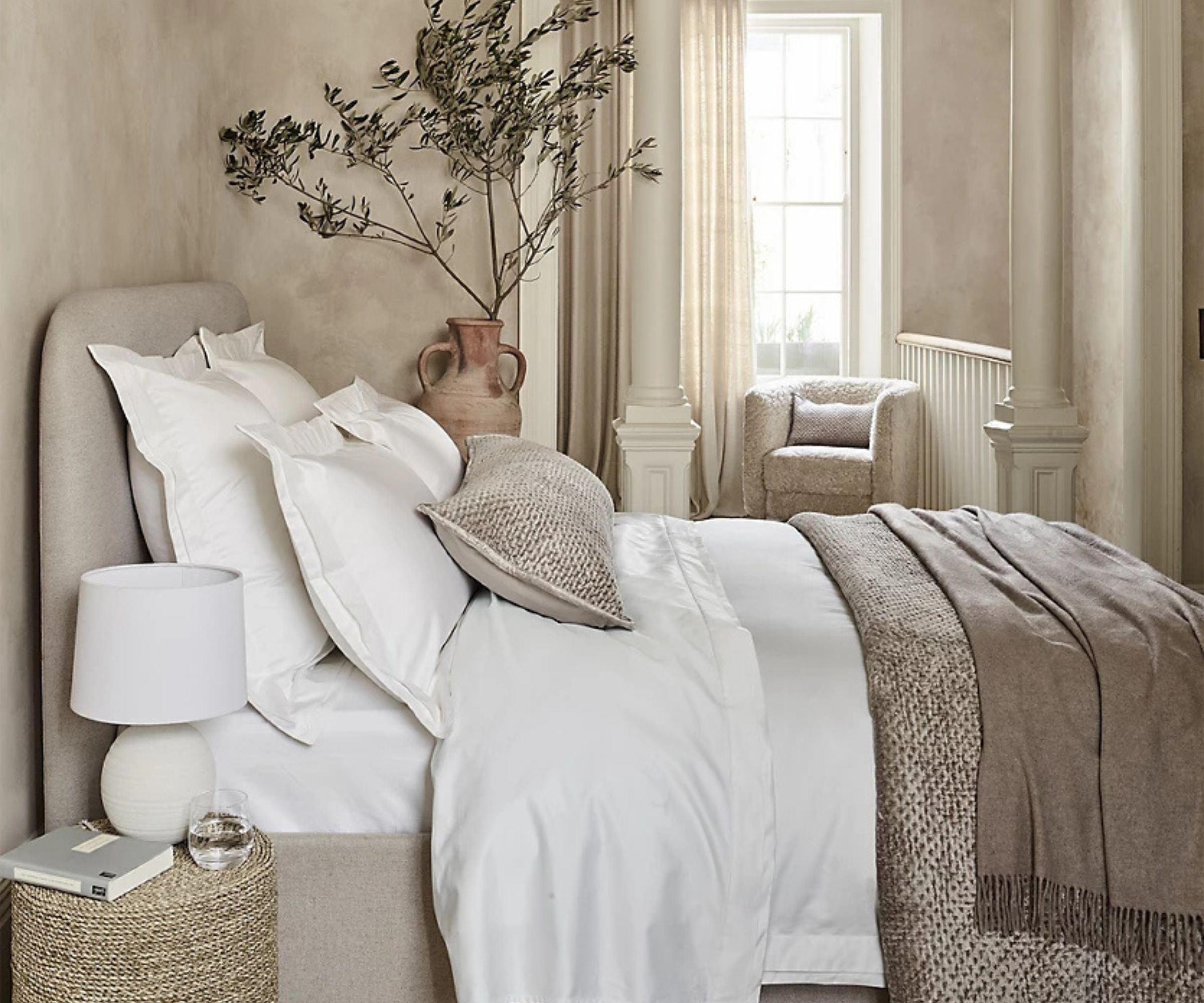
Mulberry Park Silks' Brand Manager Kendra Cosenza agrees, 'Color psychology plays a significant role in setting the tone for relaxation and sleep quality. Certain bed sheet colors can improve sleep by creating a calm atmosphere. Light-colored bedding − soft shades of white, ivory, and pastels − tends to evoke feelings of tranquility, cleanliness, and freshness. These colors can create a spa-like atmosphere, making your bedroom feel open and airy, which is conducive to better rest.'
'Dark colors, on the other hand, such as deep navy, charcoal, or black, can feel cozy and grounding,' Kendra continues. 'They add warmth and depth to a room, which some people find comforting, especially in colder weather. With that said, very bold or intense colors, such as bright red, might be too stimulating for a sleep environment. In fact, red is one of the worst bed sheet colors to avoid.'
'Ultimately,' Kendra concludes, 'the best color for sleep is the one that makes you feel most relaxed and at ease.'
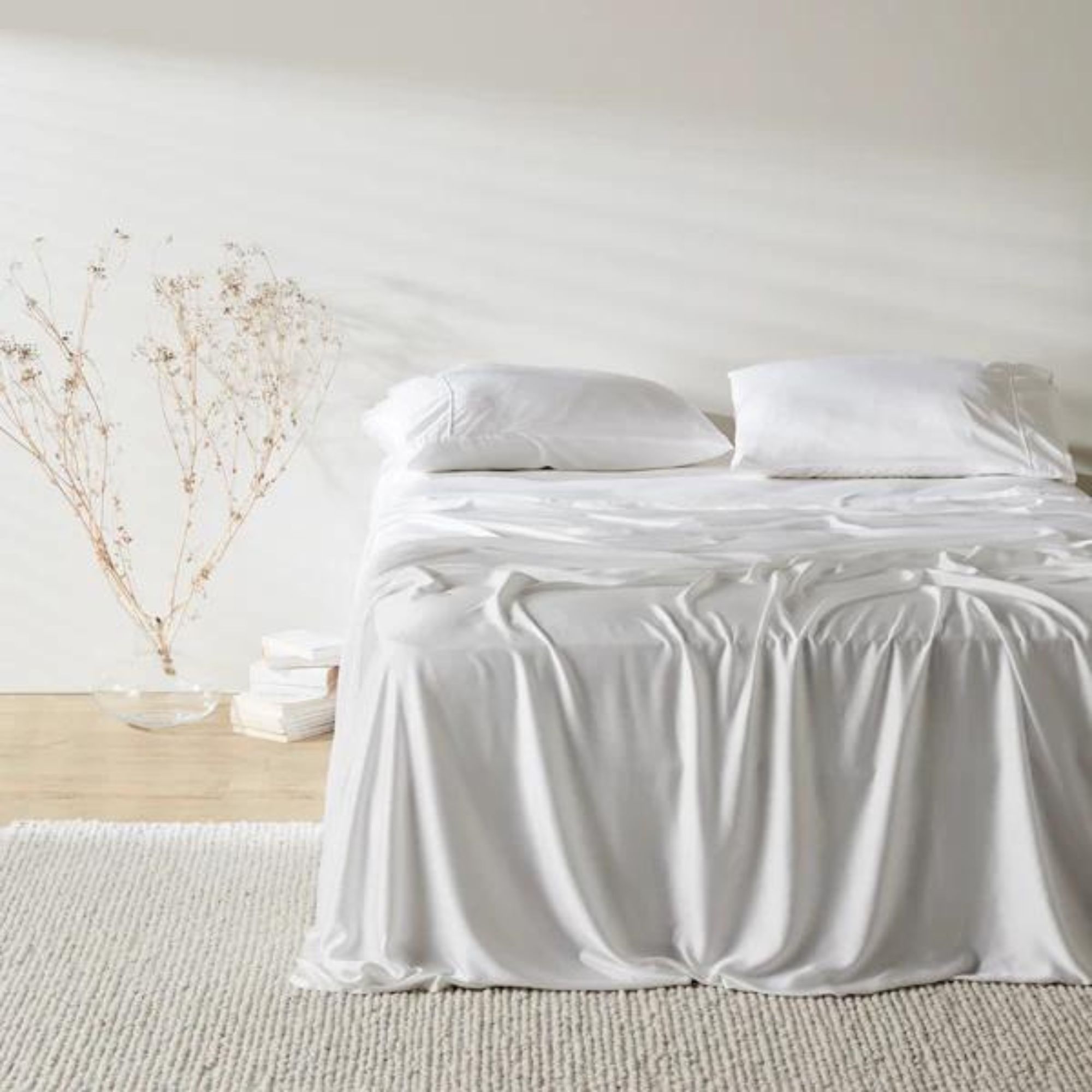
These are the best cooling sheets for hot sleepers. Made from breathable bamboo lyocell, the ettitude Signature Sateen Sheet Set is naturally moisture-wicking to keep you cool and dry and antimicrobial to bust the bacteria that breed in sweaty, sticky environments, such as sheets.
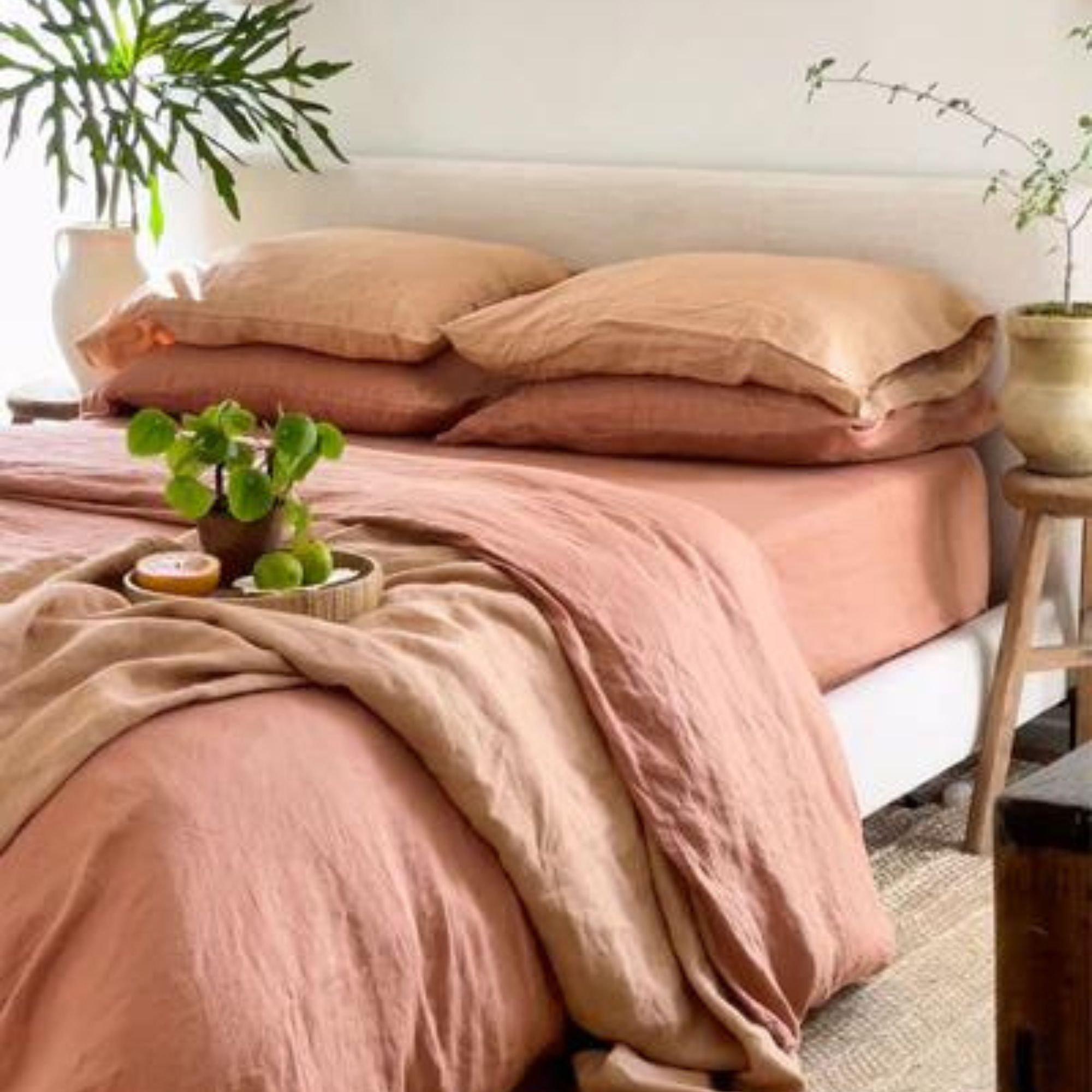
Out of all the specialist sleep stores I've visited, Bed Threads offers the widest range of colors. You can create your own color combinations or explore their tried-and-true pairings. I love the warmth of hazelnut and terracotta, but you might prefer the zing of limoncello or the simplicity of oatmeal.
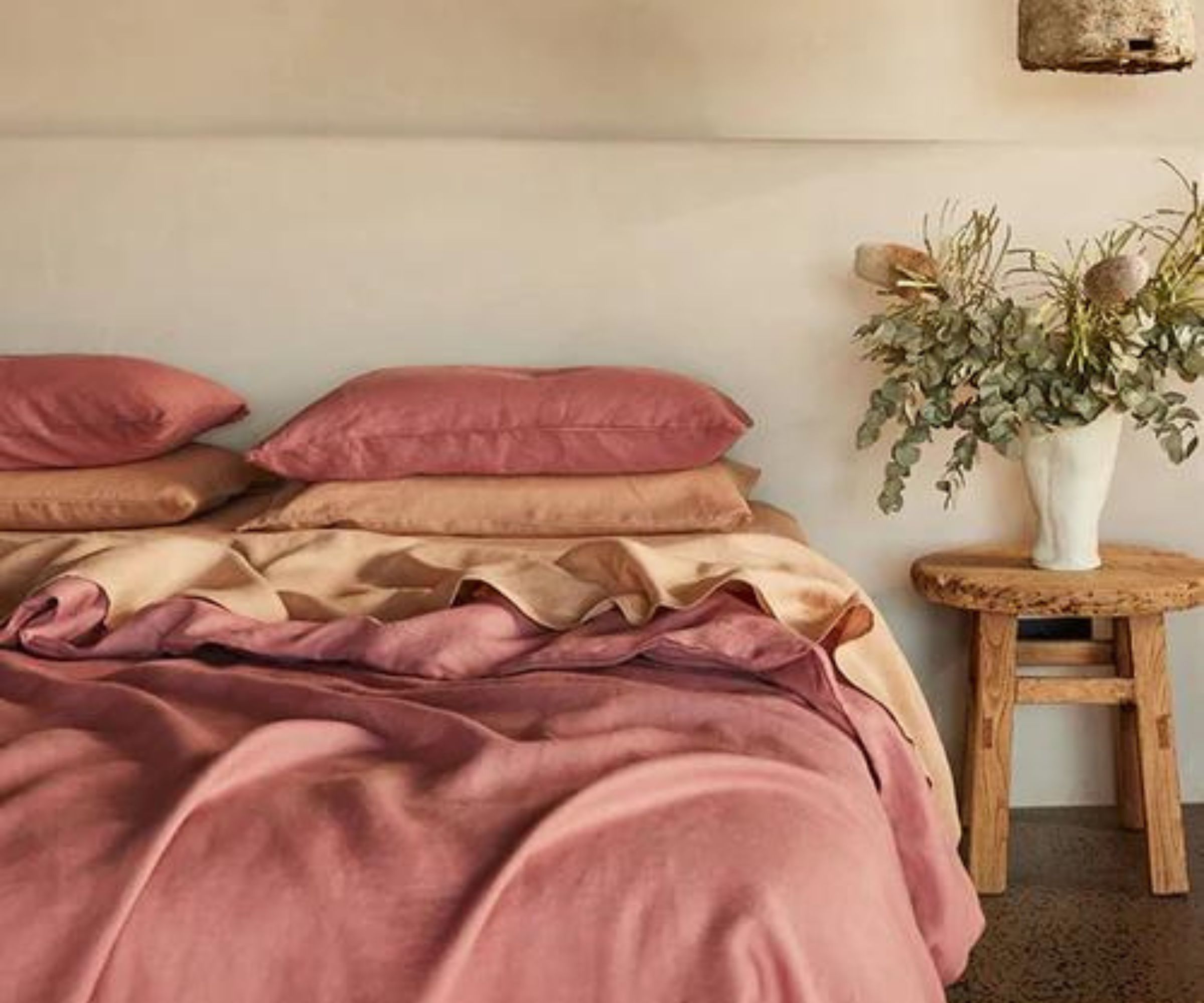
I asked Parima Ijaz, the brains behind the luxury bedding brand, Pure Parima, whether light or dark bed sheets are more practical. 'In terms of washing, light sheets, especially white or pale shades, tend to show wear and tear more easily,' says Parima. Even the best white bed sheets show spills and stains. 'However, light-colored sheets are a bit more flexible since they can be bleached or treated to keep them looking fresh, especially since lighter sheets tend to show stains much more visibly.'
'Darker sheets are often easier to maintain in terms of hiding fading or minor staining,' says Parima. 'They don’t show wrinkles or dirt as easily, which makes for low-maintenance sheet sets. That being said, bleach should not be used on dark sheets as this can lead to discoloration and permanent damage to your linens. For ease of care, light and dark sheets are evenly matched: dark sheets hide stains better due to their dark color, however light sheets can take more in the wash with treatments that dark sheets should avoid.'
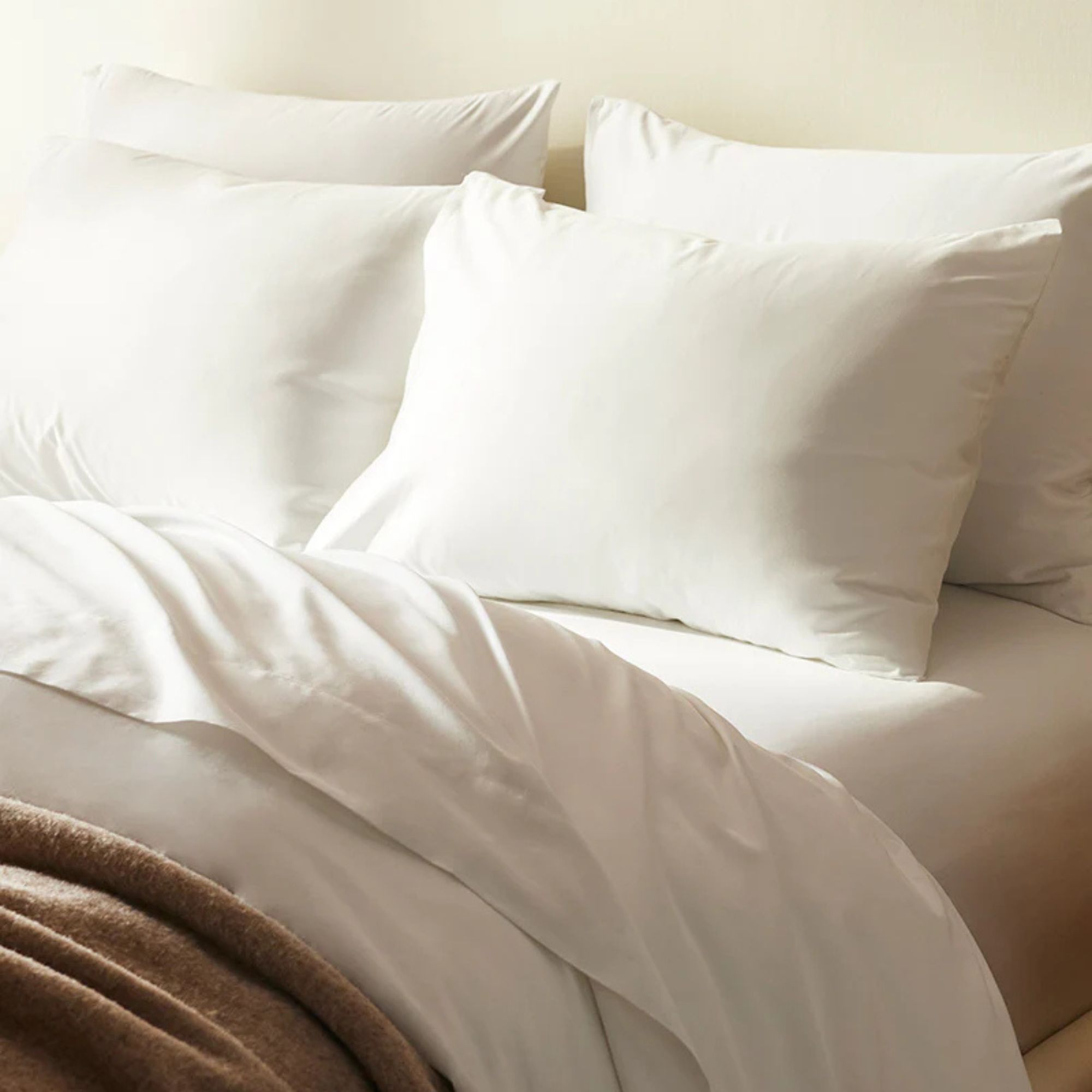
Together, my team of expert testers has tried dozens of sheet sets, but the Brooklinen Luxe Sateen Sheet Set takes the number-one spot in our best bed sheets buying guide for its silky-smooth finish and a wide array of colors, prints and patterns.
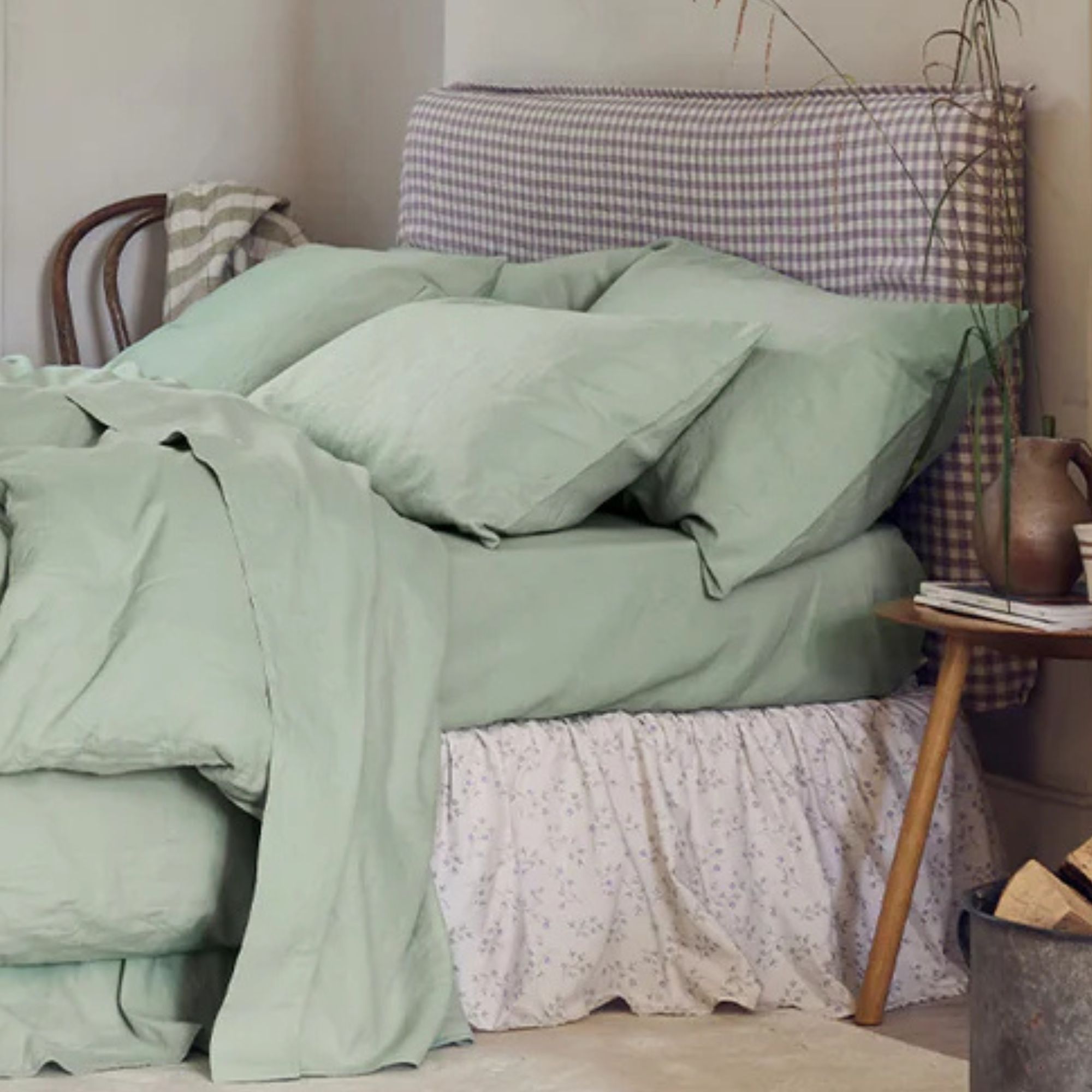
I couldn't find a bedding bundle that suited my sleep needs and reflected my sense of style – so, I built my own with Piglet in Bed. I chose to color drench in sage green, but you could mix and match between block colors, subtle stripes, and retro gingham prints.
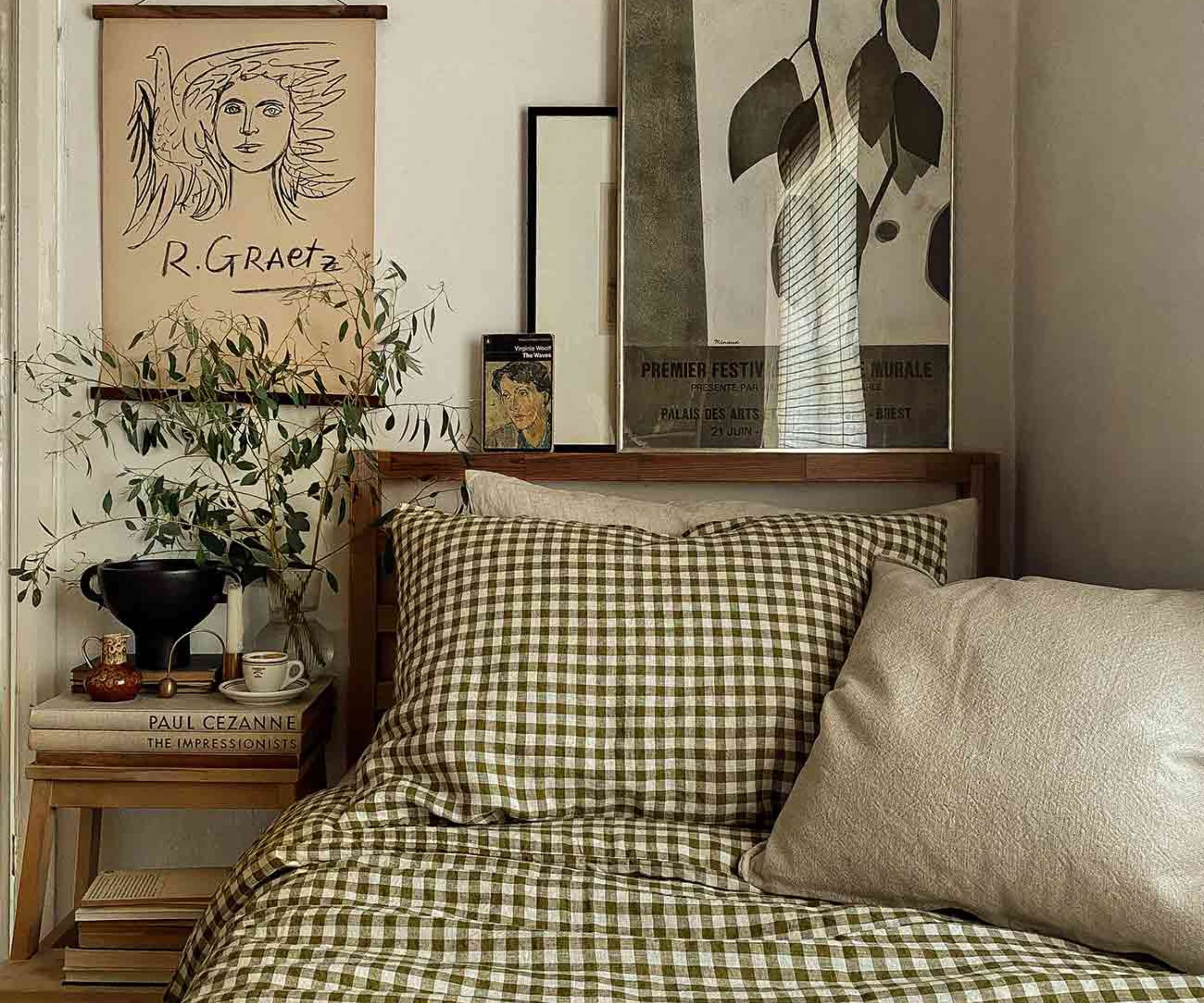
I asked Parima how to choose between light and dark sheets for your bedroom. She says it's largely a matter of preference: 'Light sheets often feel more airy and fresh, contributing to a light, bright, and clean aesthetic. They can also make the room feel bigger which can be a great way to style small spaces. Commonly used colors include whites, beiges, and pastels: their versatility makes it easy to pair light-colored sheets with almost any decor style.'
On the other hand, Parima notes that 'Dark sheets are generally seen as more luxurious and sophisticated. Due to the deep, rich nature of these colors, they can give your bedroom a dramatic, rich, or moody feel, which works well for anyone who likes an intimate, cozy, or elegant vibe. Dark tones may better complement modern or industrial-style spaces and add more depth to the room. Consider using colors like deep navy, black, or dark browns for an elegant feel that can be perfect for year-round use.'
FAQs
Are dark sheets hotter than light sheets?
Yes, marginally, because dark colors are known to absorb and retain heat more than light colors. With that said, which bed sheet type you choose will have more of an impact on your thermoregulation than whether you opt for light or dark sheets. If you're keen to keep cool, I suggest you opt for breathable, natural fibers, including cotton percale, linen, and bamboo.
Will light or dark sheets make a bedroom look bigger?
We've written an entire article answering the question, 'what color bedding makes a bedroom look bigger?' Light sheets are better than dark sheets, but warm neutrals win out: think beige, blush, and ecru.
Light sheets look fresh and clean, while dark sheets create a moody, inviting atmosphere for your boudoir. Once you've settled on a color, it's time to choose the size and material of your sheet set, and set your budget. Follow my non-negotiable bed sheet buying rules and you won't go far wrong.
Sign up to the Homes & Gardens newsletter
Design expertise in your inbox – from inspiring decorating ideas and beautiful celebrity homes to practical gardening advice and shopping round-ups.

Emilia is our resident sleep writer. She spends her days tracking down the lowest prices on the best mattresses and bedding and spends her nights testing them out from the comfort of her own home. Emilia leads a team of testers across America to find the best mattress for every sleep style, body type, and budget.
Emilia's quest to learn how to sleep better takes her all around the world, from the 3Z mattress factory in Glendale, Arizona to the Hästens headquarters in Köping, Sweden. She's interviewed luxury bedding designers at Shleep and Pure Parima, as well as the Design Manager at IKEA. Before she joined Homes & Gardens, Emilia studied English at the University of Oxford.
You must confirm your public display name before commenting
Please logout and then login again, you will then be prompted to enter your display name.
-
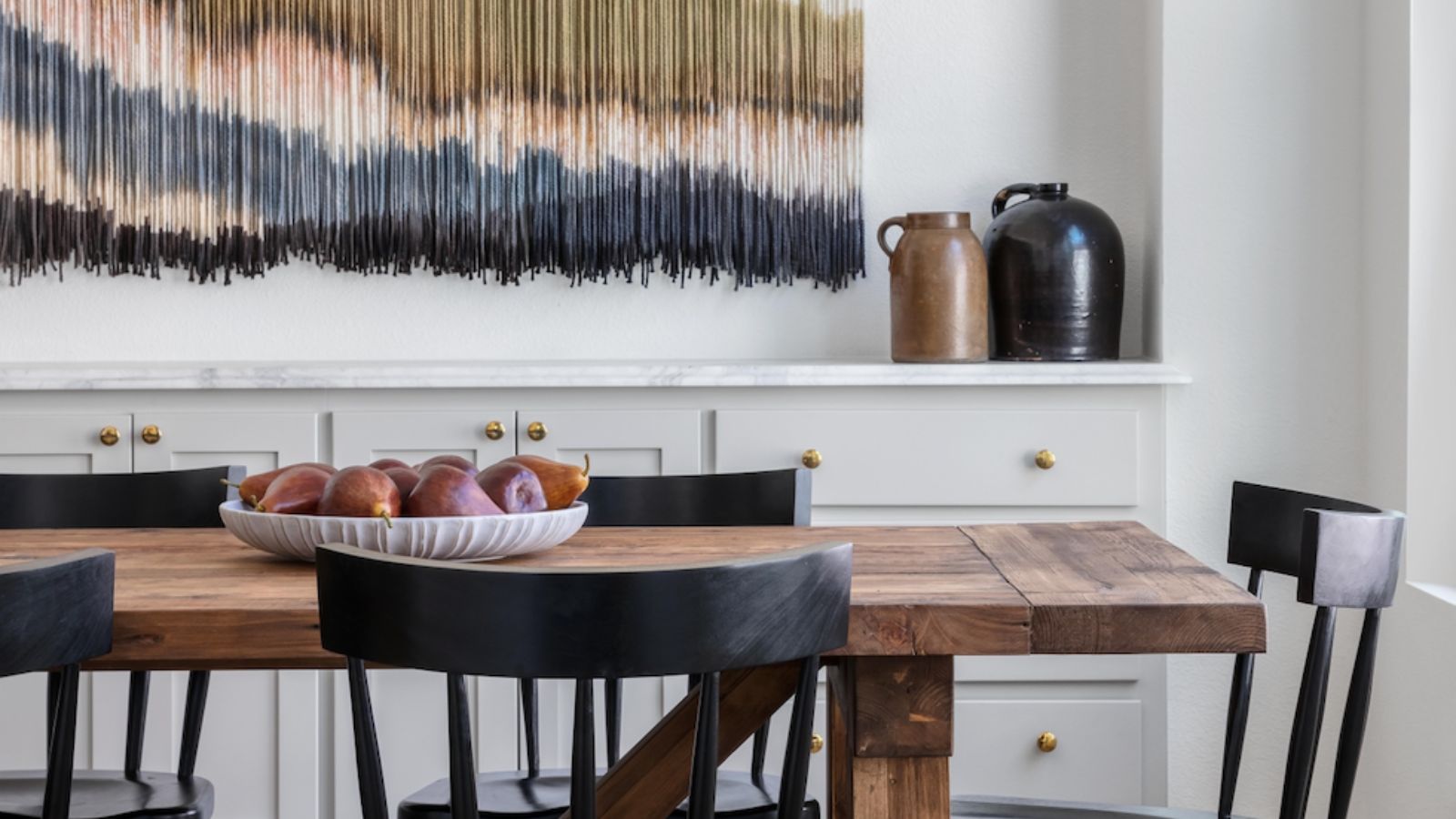 How the 'ODT' method can help you to tackle your overwhelming decluttering checklist – and streamline the process from start to finish
How the 'ODT' method can help you to tackle your overwhelming decluttering checklist – and streamline the process from start to finishAvoid 'analysis paralysis' and tick off tasks quickly and easily by making just one decision at a time
By Ottilie Blackhall Published
-
 Experts say to only use homemade compost after testing it with this fail-safe method – they say it will guarantee healthy soil and support plant growth
Experts say to only use homemade compost after testing it with this fail-safe method – they say it will guarantee healthy soil and support plant growthSimply grab some fast-growing seeds and observe how they germinate in your compost
By Tenielle Jordison Published
-
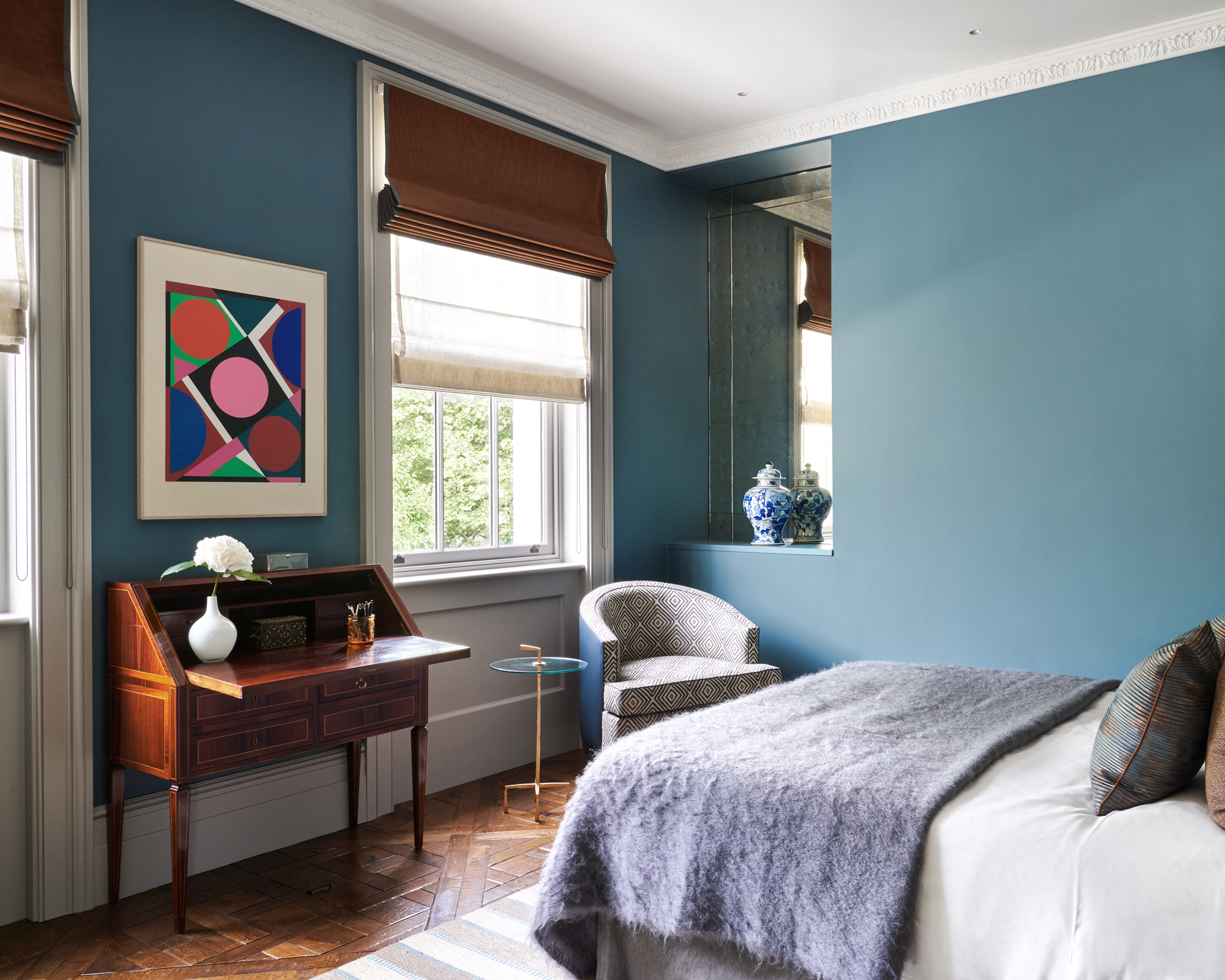 7 dorm room organizing rules for less clutter and more space
7 dorm room organizing rules for less clutter and more spaceExperts offer their top tips for creating a well-organized dorm room, no matter the size, space, or layout.
By Ashley Chalmers Published
-
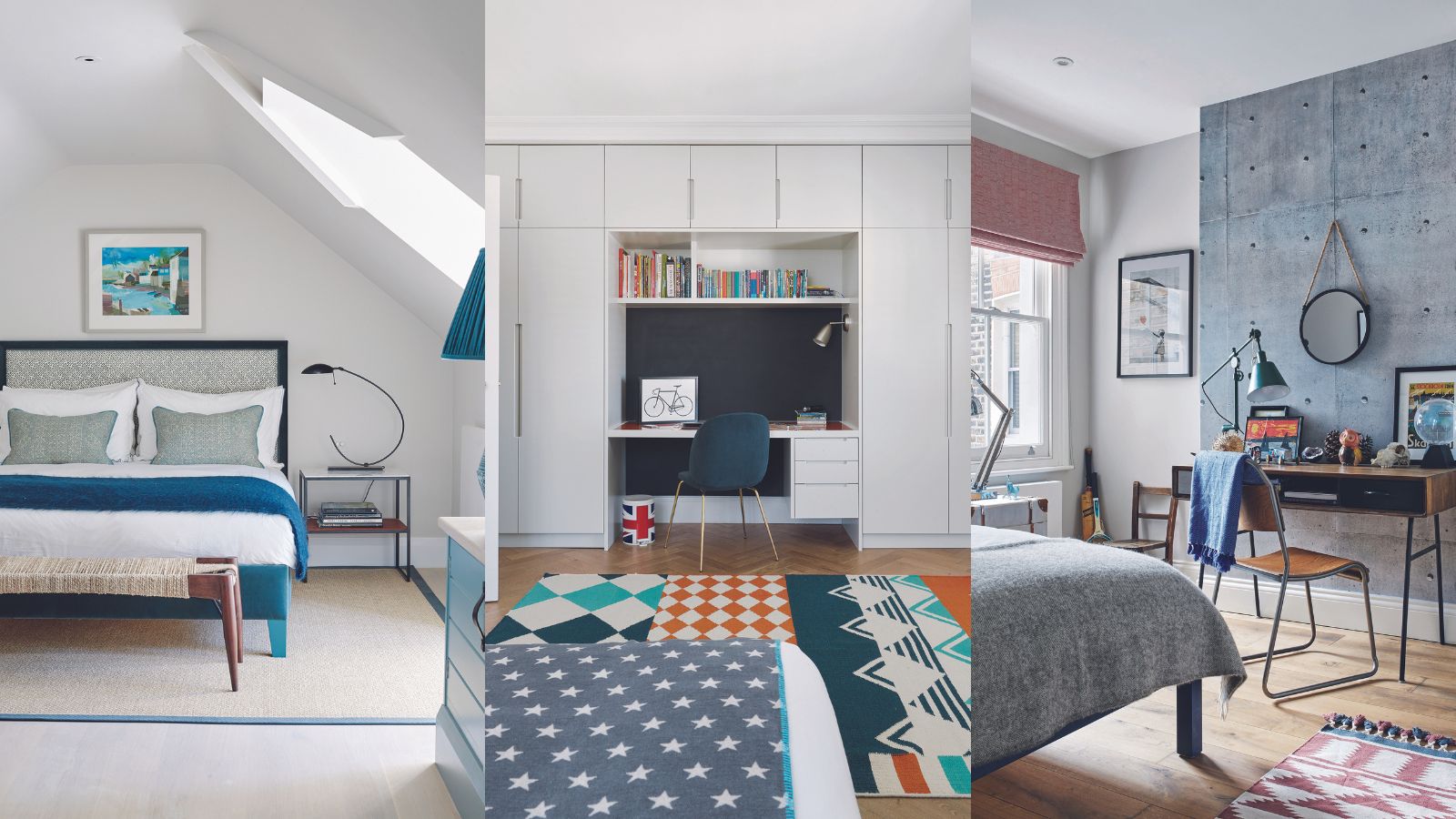 How to maximize storage in a small or shared dorm room, according to pro organizers
How to maximize storage in a small or shared dorm room, according to pro organizersFind out all the hidden storage zones you might never have noticed
By Ashley Chalmers Published
